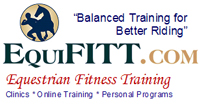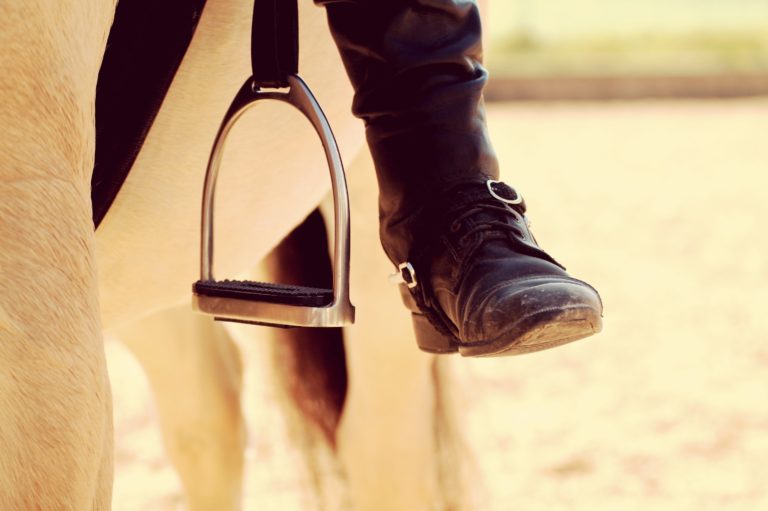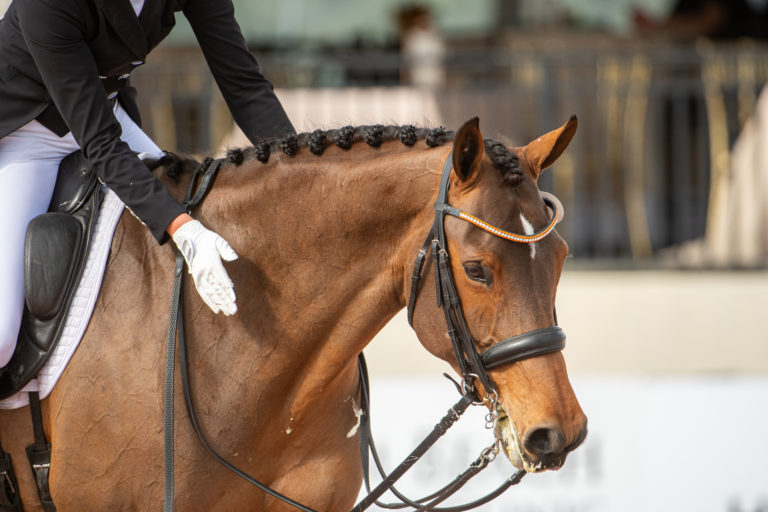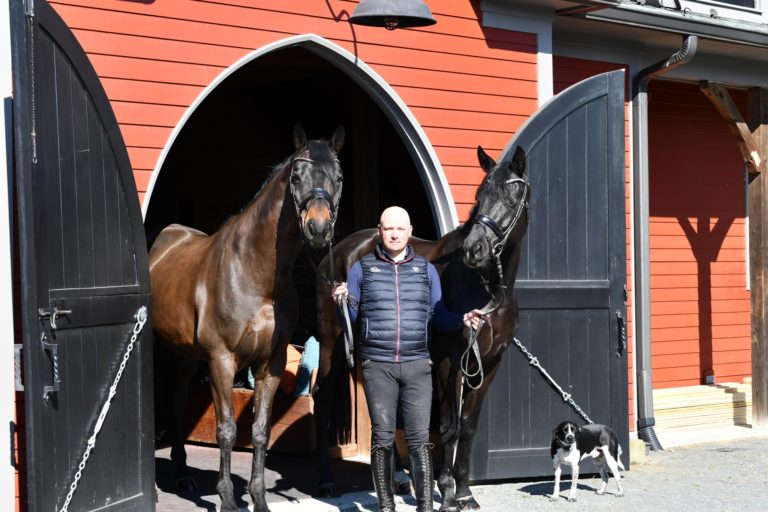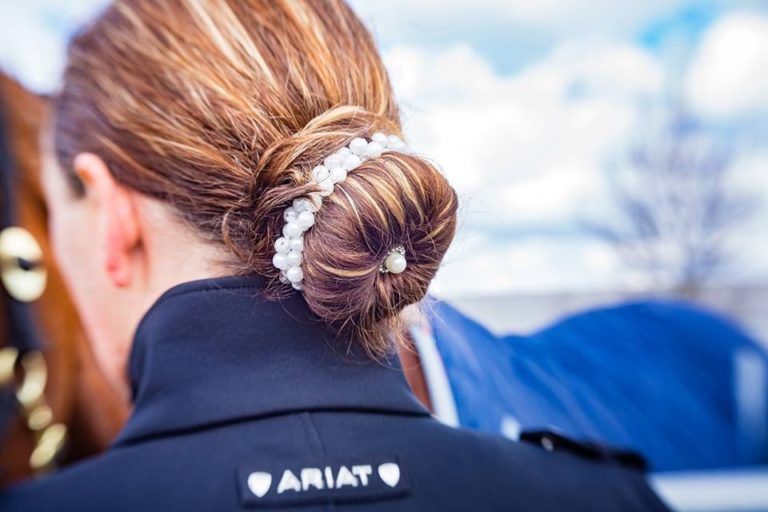When I do a clinic, participants over 40 often apologize for their age and confess that they wanted to come to a rider fitness clinic because their bodies don’t work like they used to. What’s ironic about the confession is that the majority of my clients and clinic participants are over 40.
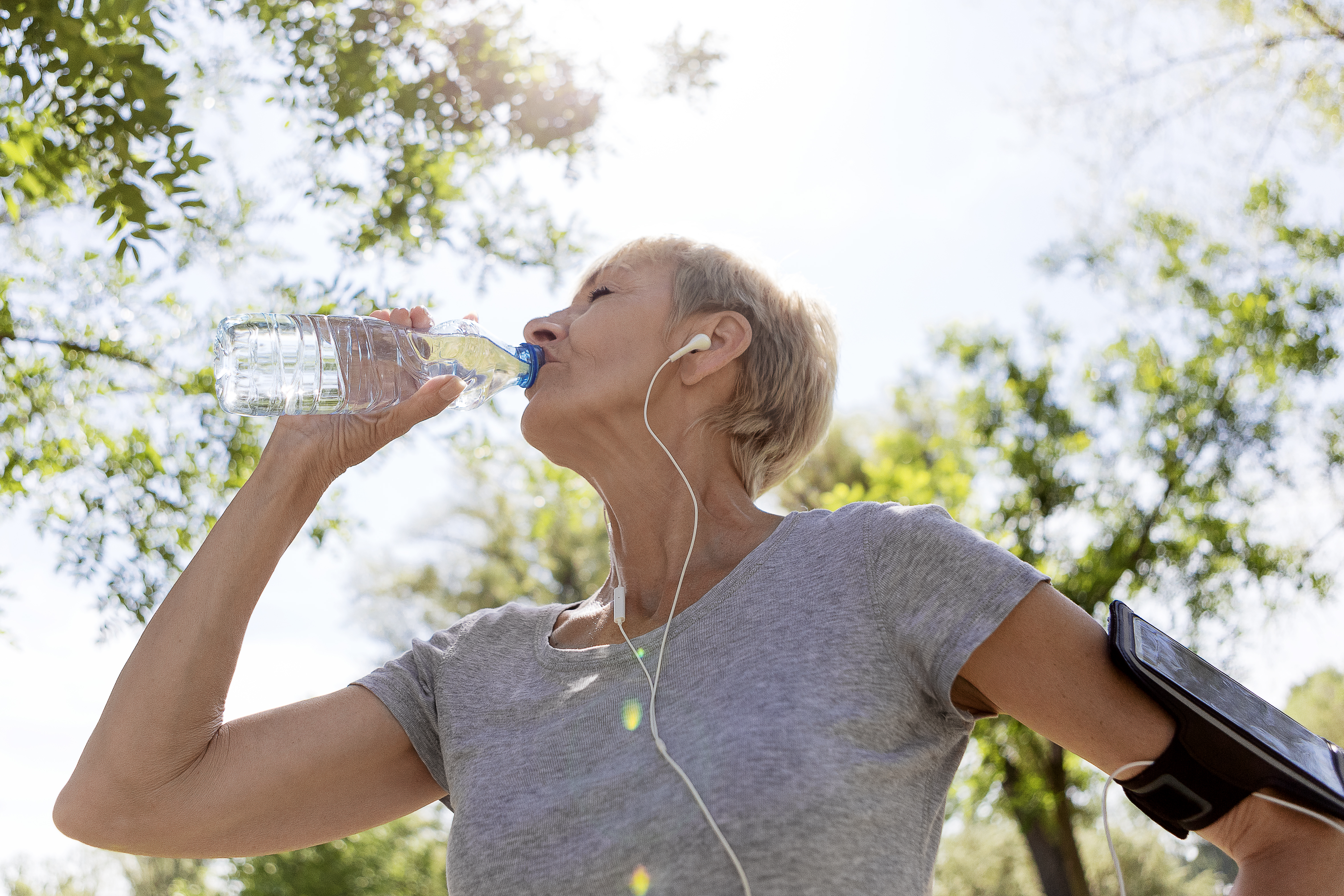
Where I live (Canada), census results for 2008 showed that 33 percent of the population is over the age of 50 and another 16 percent is between 40 and 49. The median ages for Canadians, Americans, Europeans and Australians are approximately 39, 36, 37 and 35, respectively. For comparison, the median age for Canadians in 1900 and 2000 were 23 and 36, and it is expected to climb to 49 by 2050. More than 65 percent of riders in Canada are over the age of 35. There are similar trends for the other countries.
So, let me whisper this really loudly: You’re totally normal. We’re all in the same boat. Being a mature rider is not the exception; it’s the new norm.
No matter what your age, fitness as a rider really comes down to: Injury Avoidance + Effectiveness = Enjoyment for a long time.
I used the term “mature” with purpose. Yes, it would be nice to get your 20-year-old physical self back—or at least on loan. But, I’d only want it if I got to keep the knowledge and self-development I have now. My horse would agree. Look at what you have: more awareness, better grip on emotions, more knowledge, perhaps more resources to take opportunities you couldn’t take before (such as, the horse or the coaching you want or the time you want to spend riding).
Just like a perfect golf swing, riding well involves a level of effort that decreases in proportion to the technical accuracy. Over 40, you ride more with your mind than you did at 20 and, hopefully, less with your emotions and raw strength. However, a few basic truths apply:
- Muscle atrophies in the human body at a rate of approximately half a pound a year once you’re over 25.
- Horses weigh about 1,000 pounds, your saddle weighs about 30 pounds and a bale of hay weighs approximately 50 pounds.
- Demand on your muscles working around and with horses is not limited to your conscious decision.
- Riding can keep you active and healthy, but repetitive motion and muscular imbalance caused by horse care and riding can create long-term cumulative strain injury or structural issues, and sudden incidents can cause acute injury.
- The older you get the more your neuro-muscular connections slow down. This means that the time between thinking and doing lengthens, accuracy goes down, involuntary stimulation of supportive muscles is reduced and balance becomes more of an issue.
- Ligaments get tighter, reducing ability to absorb the motion of the horse, and your bones don’t rebuild or maintain the density they once had, making an accident potentially more serious.
- Riding as your only activity does not create enough cardiovascular stimulation to keep you fit for riding. This means your heart can be under strain from riding, as opposed to being conditioned by it. It also means your brain and muscles receive less oxygen and are therefore less responsive and have reduced stamina.
The way I train a mature client differs from the way I train a 20-year-old. Development is slower and more gradual. It takes time to undo muscle memory created over a few decades. It takes time to make neuro-muscular connections that the body has forgotten or never known. Getting ligament and joint flexibility is patient work. In a younger person, strength training can be more rapid because the ligaments at the ends of muscles are more adaptable.
In a mature body, the same exercise routine could place ligaments under much more strain and risk of injury. While approaching your workout more gradually is important, don’t mistake gradual for easy. To improve strength and coordination, you need a progression of exercises, load and duration that keep pushing the envelope gently. The key is to do so at your pace. An older rider is also usually negotiating the after-effects of more injuries and other health issues.
One of my clients, Valerie, is 79. She came to me because she wanted some activity suggestions between rides to make each ride safer and more effective. She rides a Thoroughbred and was finding herself unable to follow his motion when he spooked (she would fall off) and less confident due to balance issues. Here are some exercises that she uses to develop more flexibility, mobility and strength in her hips and waist area:
Side Bend: The goal is to increase flexibility in ribs and obliques, which attach to your hips. In this photo, Valerie is curving her ribcage over the side as far as she is able to. The goal is to get as close to being horizontal, or parallel with the ground, as possible. However, it is important to increase flexibility incrementally. Before riding, you can modify this stretch to a flowing motion movement to loosen and warm you up. A mature rider who has a little more difficulty with balance might choose to do this stretch seated in a chair.
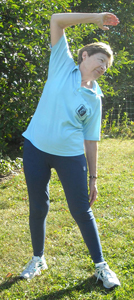
Lunge With Chair: This exercise is one part stretch (for the hip flexors of the straightened rear leg) and one part leg strength/warmup (for the front leg). Done slowly and relatively shallow, it can be used as a warmup. Repeated 20 to 30 times, it can be used to strengthen legs while opening hips. If you have knee or hip issues, it is important to respect the range of motion advised by your physiotherapist or doctor, while keeping your body weight tending straight down over your seat bones in order to keep load off of your knees. The chair in this photo is just used for support. Valerie does not actually use a chair in her regular routine.
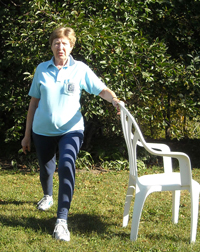
Squats With Chair: The goal is to stick your seat bones back while remaining upright in the chest area–similar to a two-point position. This exercise develops leg and hip strength, as well as the back muscles engaged in correct riding posture. Using a chair, wall or more solid prop to maintain balance is not cheating, since your body has to do all the same work. Doing them without support is better balance training, but it is always more important to err on the side of safety–so you can keep riding, of course! Depending on your fitness for this activity, you may start with five to 30 squats per day. “Twinges at the hinges” indicate ligament and joint issues, which should be respected. Better to do less than you think you can and slowly push the envelope than to do too much at once and create injury. Mini-squats are a good option if your knees cannot take deep bend. I have successfully helped clients recover from hip replacement using daily repetition of a handful of chair-supported squats of only an inch or so at the start of the program. Slow and steady wins the race here. Ligaments take a lot longer to strengthen—and heal—than muscle.

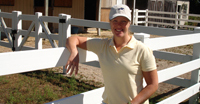
Heather Sansom owns Equifitt.com Equestrian Fitness, offering personalized coaching through clinics and convenient online coaching available anywhere. She also offers a free monthly fittips newsletter and new e-books, Complete Core Workout for Riders and Handy Stretching Guide for Riders, at Equifitt.com.
